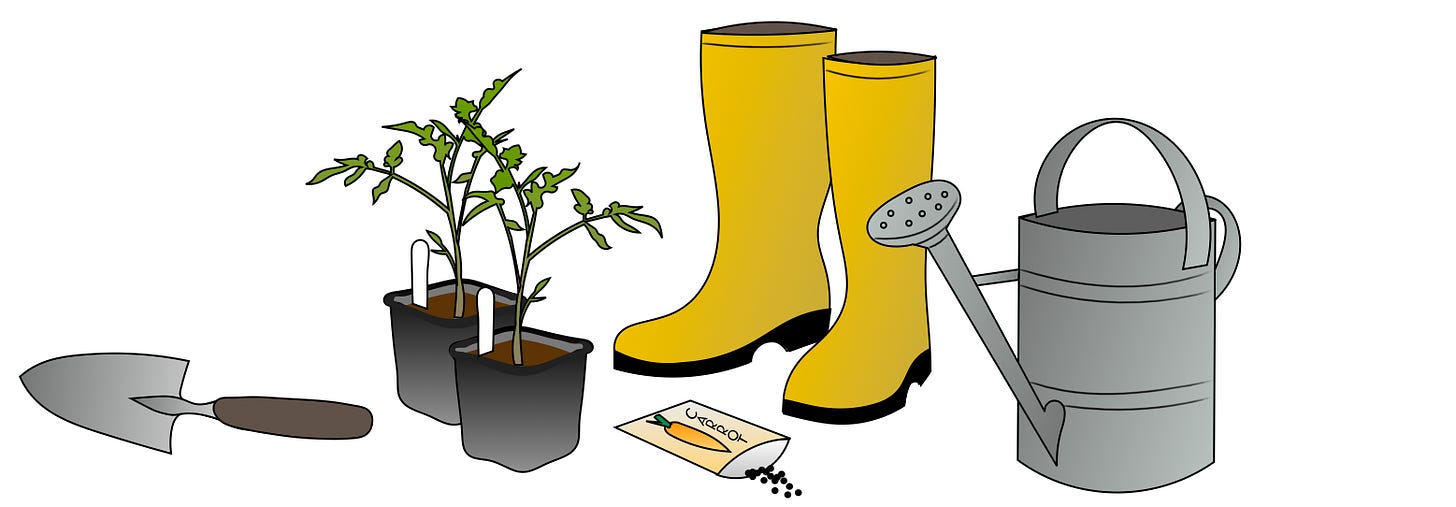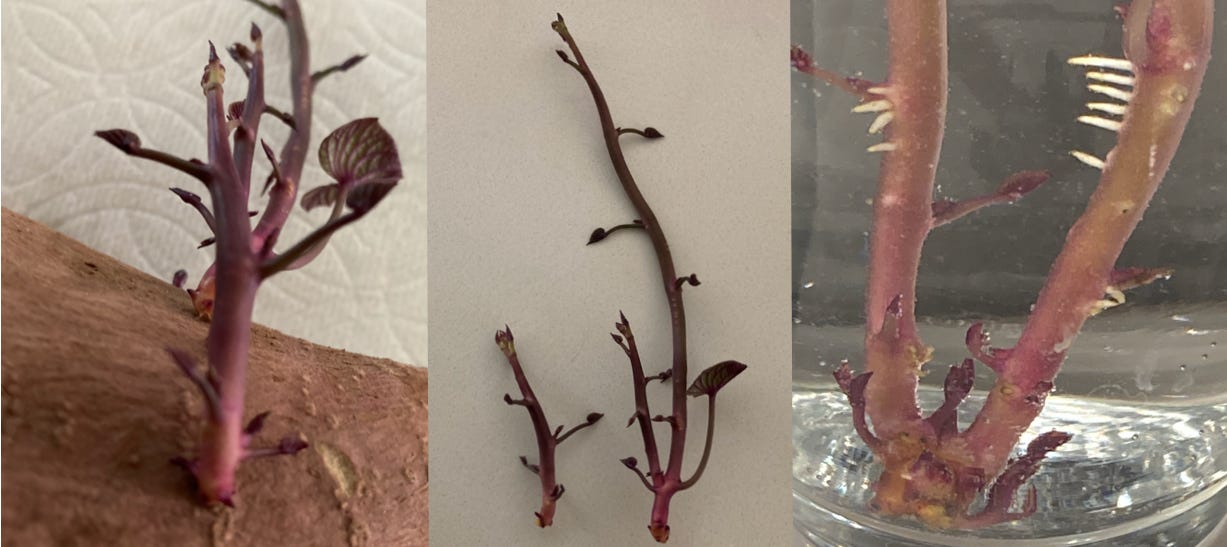Early STEAM Symposium
It’s not too late to register for this free virtual event!
Early Science, Technology, Engineering, Arts, and Math Outside the Classroom
Friday, June 27, 2025
9:00 A.M. to 2:20 P.M. Pacific Time
Register at: https://bit.ly/3Z4sInD
Certificates of Attendance are available.
Gardening with Children
We’re excited that two of the Early STEAM Symposium presentations will focus on gardening!
Gardening offers children a hands-on way to explore math and science.
Gardening lets kids explore all sorts of questions like:
What does a plant need to grow?
Does every plant begin as a seed?
What happens if a plant gets too much water—or not enough sun?
Gardening invites children to test hypotheses, experiment with variables, document growth, and collect and analyze data. It teaches patience, observation, and critical thinking.
Children who garden come to understand that plants have different needs—some thrive in shade, others demand full sun.
Children who garden encounter plant pollinators (like bees and butterflies) and plant pests (like aphids, hornworms, and stink bugs). Gardens are a window into the complex relationships among living things.
There’s a lot of math to explore in the garden too. Children can:
Count seeds. Count seedlings. Count the tomatoes produced by a tomato plant.
Weigh their harvest.
Grow a bean or sunflower seed. Keep track of its growth on a chart.
Measure what they grow. How large is the zucchini? Explore different ways that something can be measured. For example, does “large” mean length, weight, diameter, circumference, or something else?
Design a garden. What shape will their garden be? What is the area and perimeter of the garden? How much will it cost to create? How can recycled materials be used to create the garden?
Estimate how long it will take to grow a plant from seed. Keep track and compare their estimate with the actual time.
In the garden, math and science are everywhere!
Gardening Outside the Garden
Children may be surprised to discover that they can grow many common foods. Lots of interesting gardening projects start in the kitchen! Try some of these ideas!
Here are some simple activities to get children experimenting, observing, and creating now. No garden required!
Save a potato
The sad looking potato below isn’t safe to be eaten (green potatoes or sprouting potatoes are toxic) but it’s a perfect candidate to plant. New stems and leaves emerge soon after a potato is placed in the ground.
Potatoes make interesting container plants - meaning they grow easily in a container of moist soil. They have interesting flowers (see potato flower above). Many potato varieties are ready to harvest three to four months after planting. When the tops of potato plants turn papery and brown, it’s a sign that there are new potatoes ready to harvest under the ground. Note: The only part of the potato plant that is safe to eat is the tuber (potatoes) which grows underground. Potatoes sometimes grow fruits that look like small green tomatoes. They should never be eaten. Don’t eat a potato plant’s flowers, stems, or leaves, they’re toxic too.
Onions, garlic, and ginger are other foods that are easy to grow in containers of moist soil. Encourage children to find out what else will grow this way.
Grow a plant from kitchen scraps
Encourage children to explore kitchen scrap gardening.
Children may enjoy:
Growing carrot tops or the base ends of lettuce, cabbage, and celery in a shallow dish of water.
Creating an indoor kitchen garden with the root ends of green onions. When placed in water or soil, they will produce green tops that can be harvested for weeks.
Watching the leafy top of a pineapple (placed in water) start to grow roots.
Growing sweet potatoes. Sweet potatoes often develop shoots called “slips.” You can encourage a sweet potato to do this by putting it in a container of water. When slips appear and are several inches tall, remove them from the sweet potato. Place the slips in water (if they don’t already have roots) and they’ll quickly develop roots. Plant the rooted slips in soil. In about four months, you’ll be able to harvest a new crop of sweet potatoes. The pictures below (from left to right) show a sweet potato slip, slips that have been removed from a sweet potato, and the white roots on a sweet potato slip that has been placed in a container of water.
Grow a Plant from a Seed
Seeds vary greatly in size, color, shape, weight, and germination times. They're fun to compare.
Help children collect seeds from different fruits and veggies — like avocados, mangoes, apples, oranges, tomatoes, peppers, beans, and melons. Encourage them to grow the fruit and vegetable seeds they collect, and keep a record of how long the seeds take to sprout and how tall they grow.
Your next avocado may become a tree!
Gardening Activities and Gardening Related Picture Books
Find book guides and activities for these plant and garden-related books on the Countplayexplore.org website:
100 Bugs! A Counting Book by Kate Narita
How Many Seeds in a Pumpkin by Margaret McNamara
Leaves to My Knees by Ellen Mayer
One Watermelon Seed by Celia Barker Lottridge
Red Leaf, Yellow Leaf by Lois Ehlert
Up to My Knees by Grace Lin
What Will Fit? by Grace Lin
(note the CPE website was down. We need to check that these books are on the site before publishing)
Try these activities:
To Think About:
All of the plants in the picture below are types of succulents, which share special traits that help them survive in dry conditions.
Plants can be put into groups based on their characteristics.














